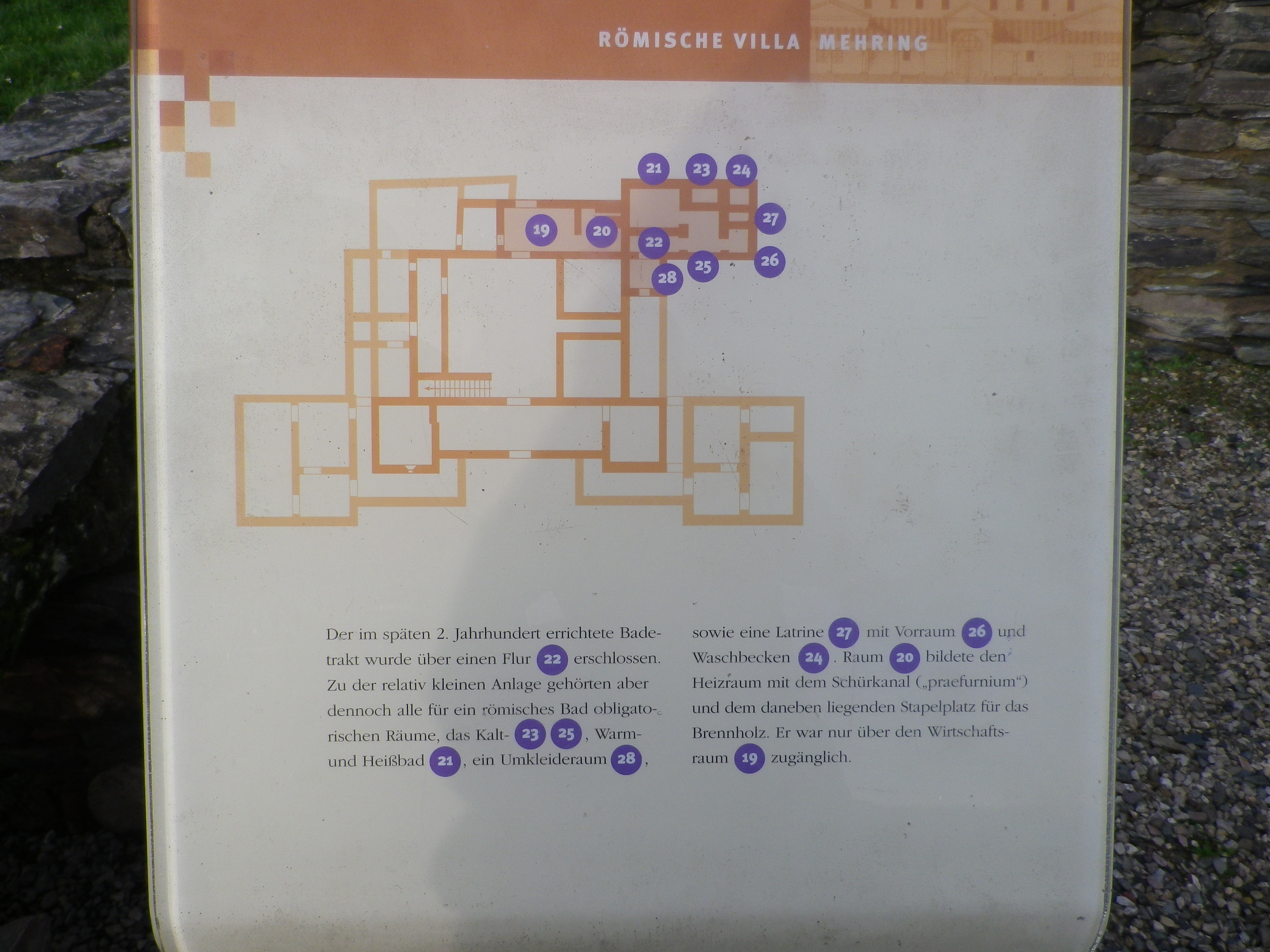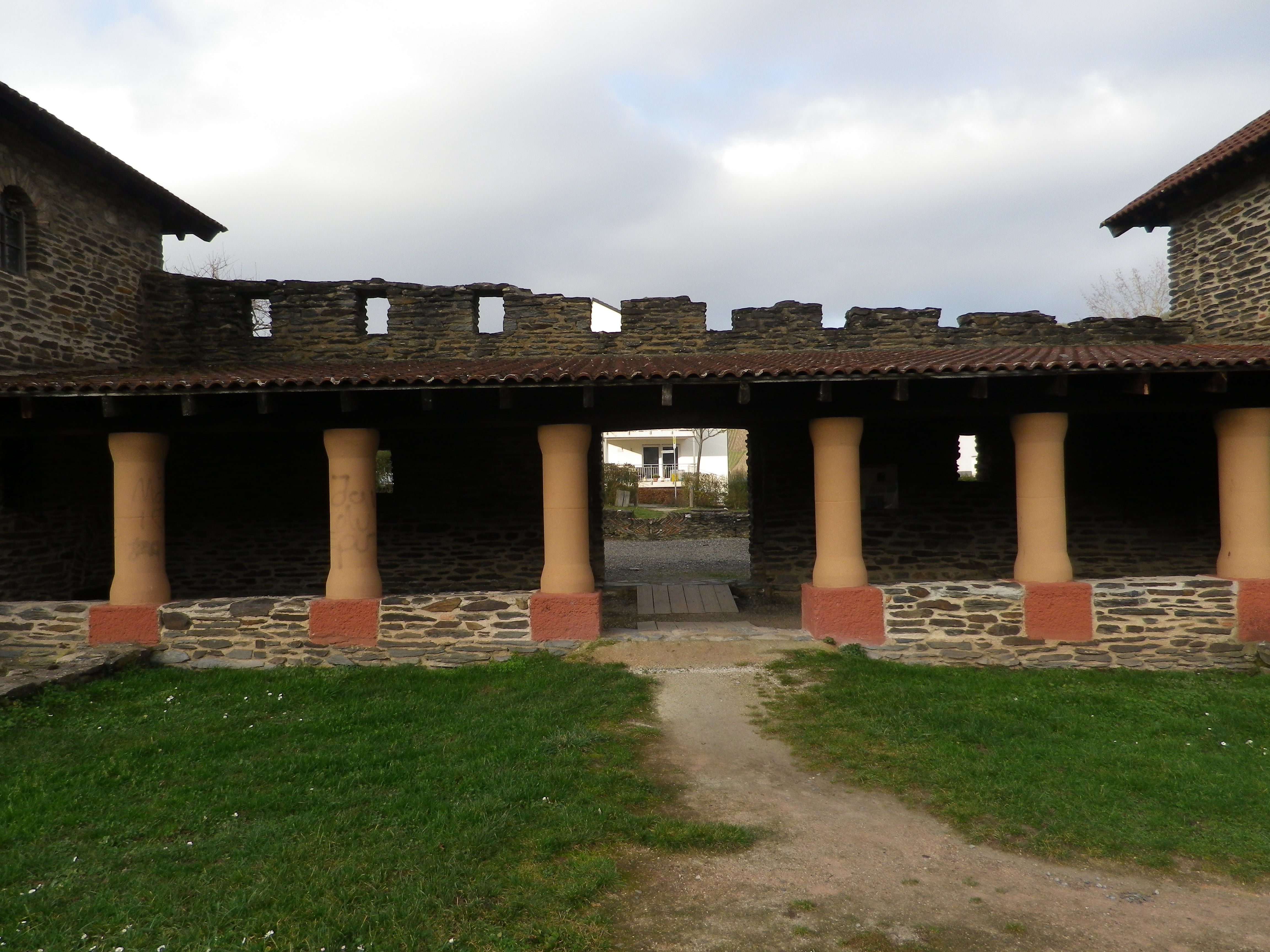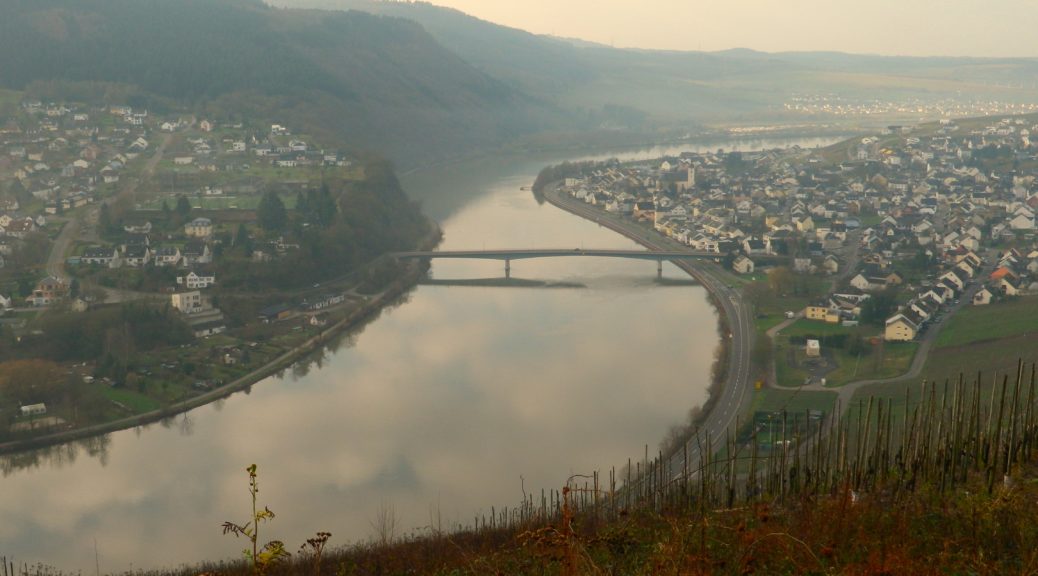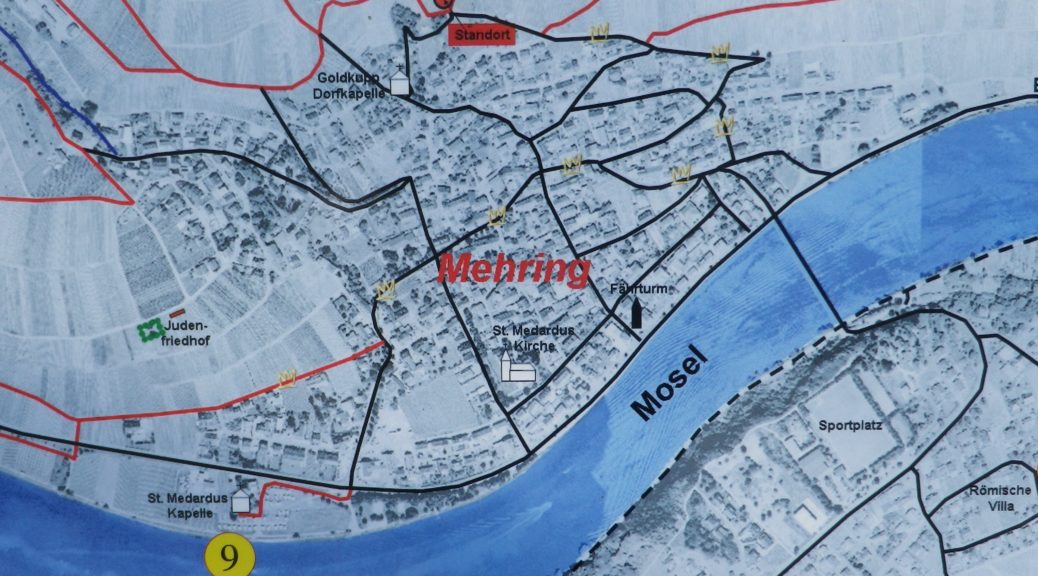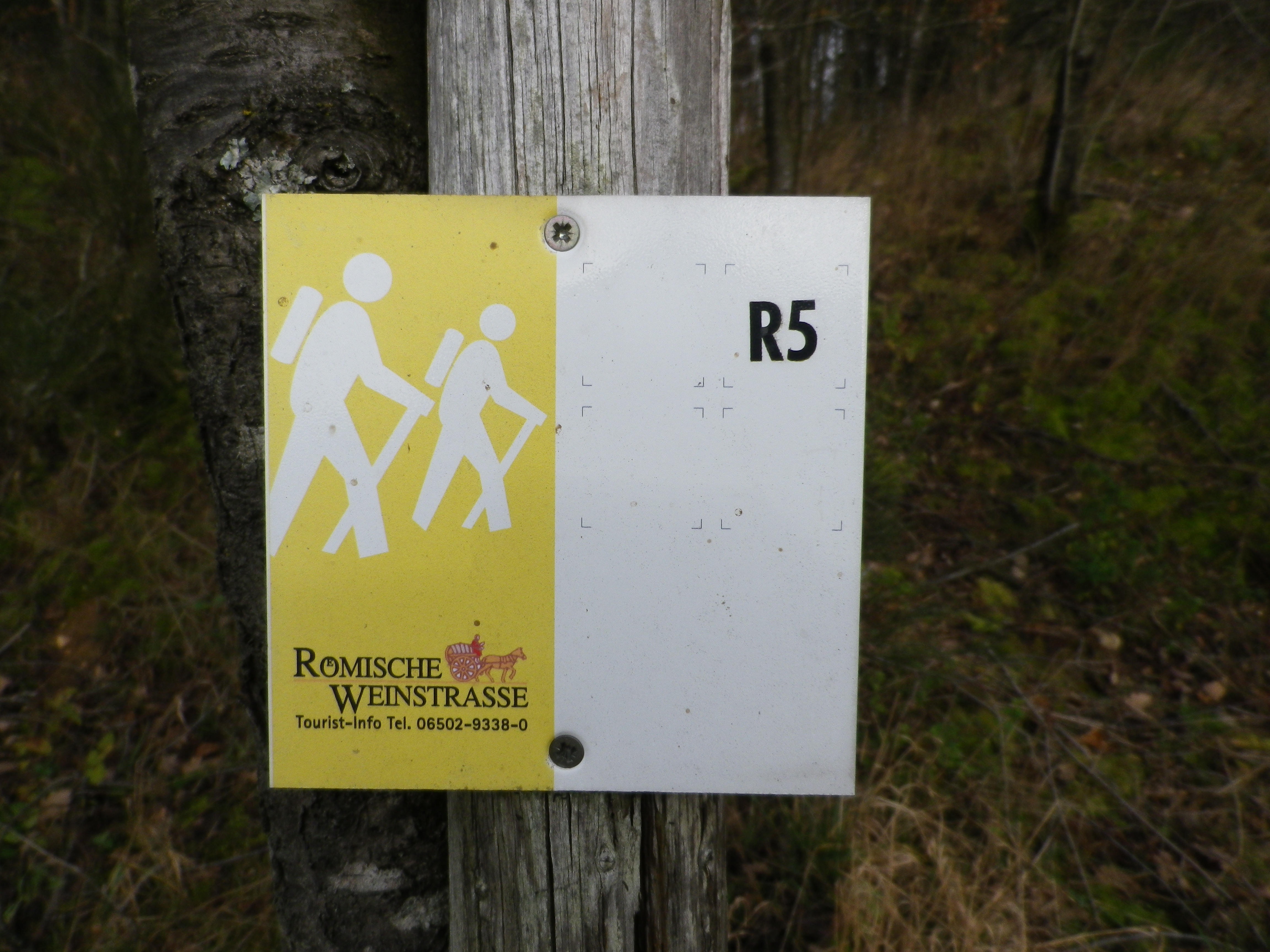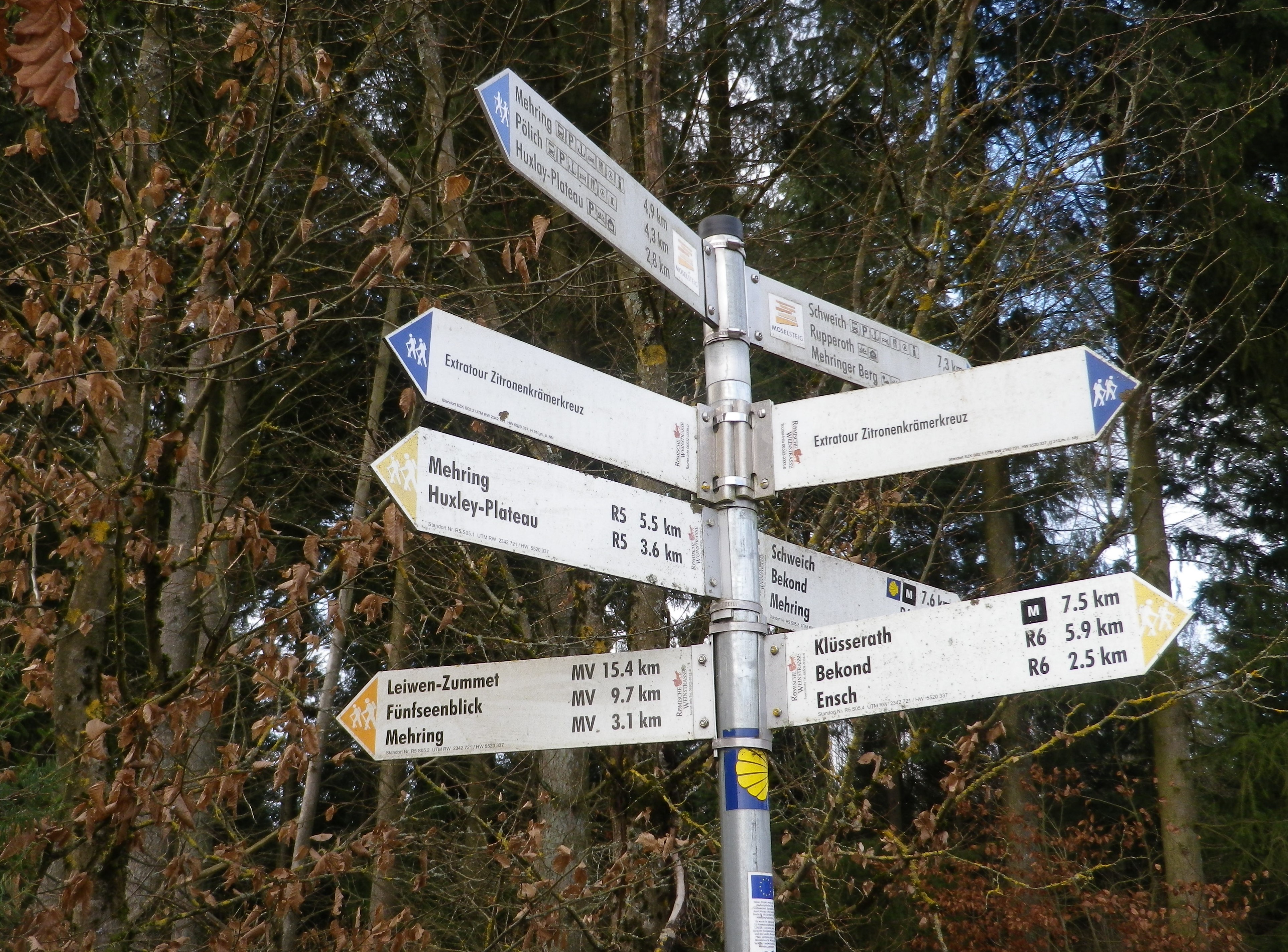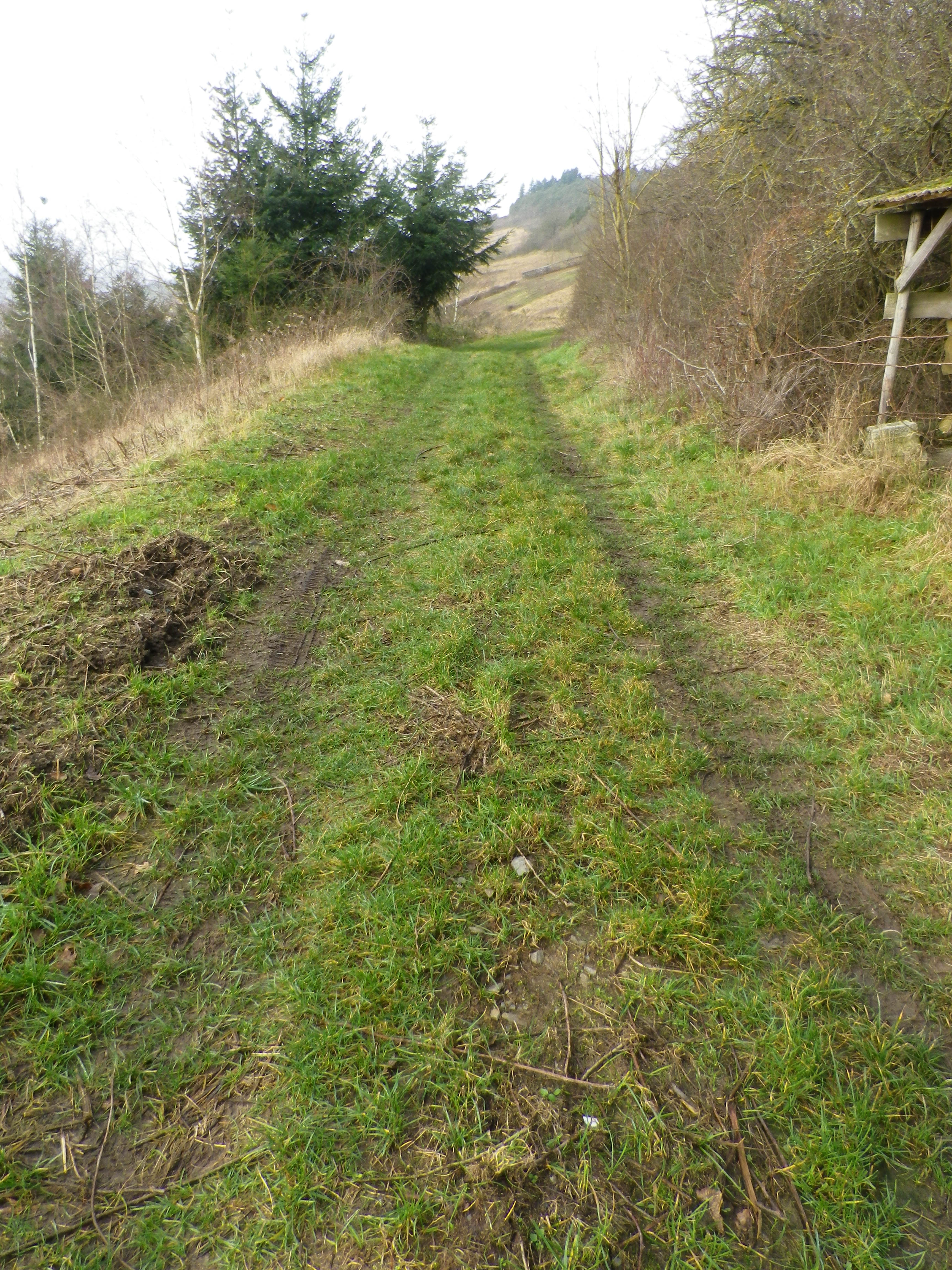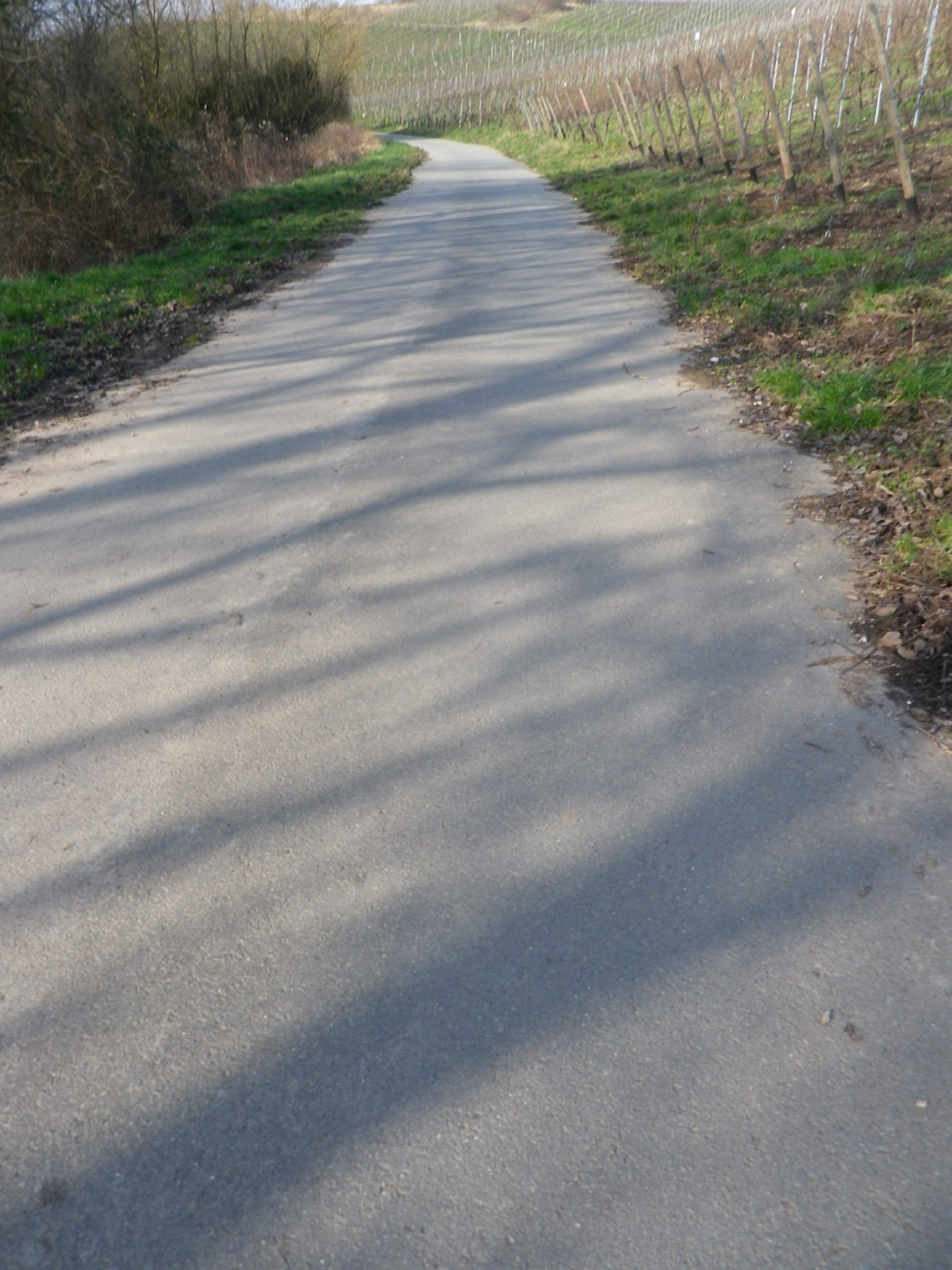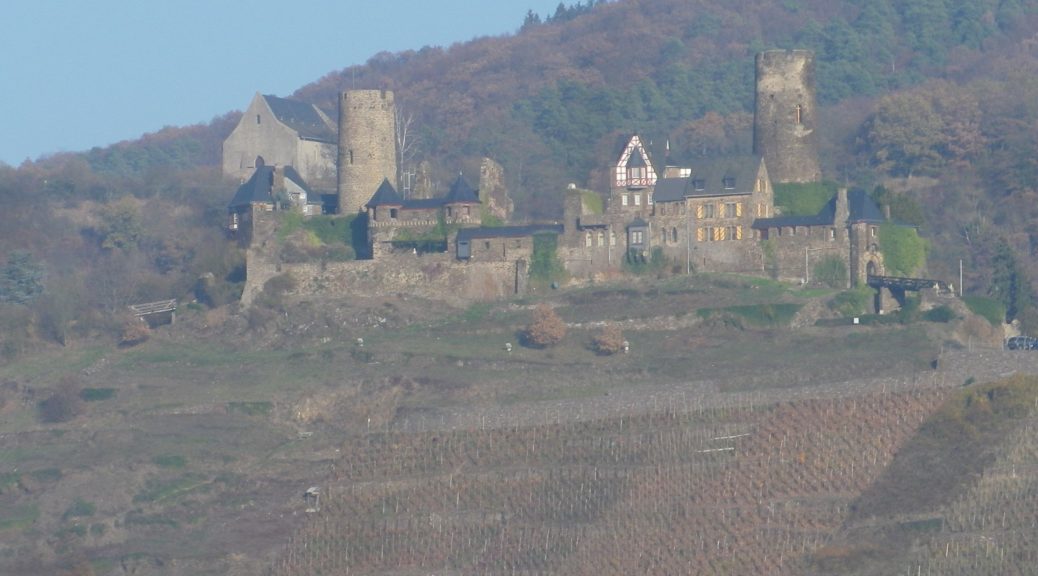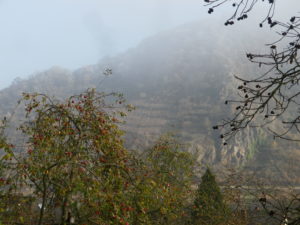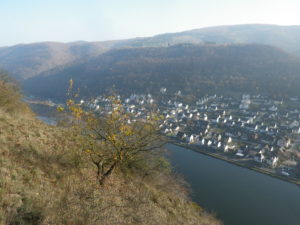Along the Roemische Weinstrasse, that section of the Mosel where Romanitas arguably reached its maximum expression in Germany, there are many reminders of the era that once was, and what it became. For these two reasons alone, the hike along some of the best vineyards found in this stretch of the Moselle was a rewarding experience.
Trier, once the capital of the Roman Empire, is itself worth a hike through the city. A magnificent city gate (Porta Nigra), the basilica of Aula Palatine, an amphitheater, baths, a bridge, impressively show the former grandeur of this city. The nearby village of Mehring also boasts villa ruins dating to that era. In short, back in the day, this city and the surrounding countryside was the place to be. While neither place is as grandiose as it once was, that remains in this area is dedicated wine-making, and impressive views.
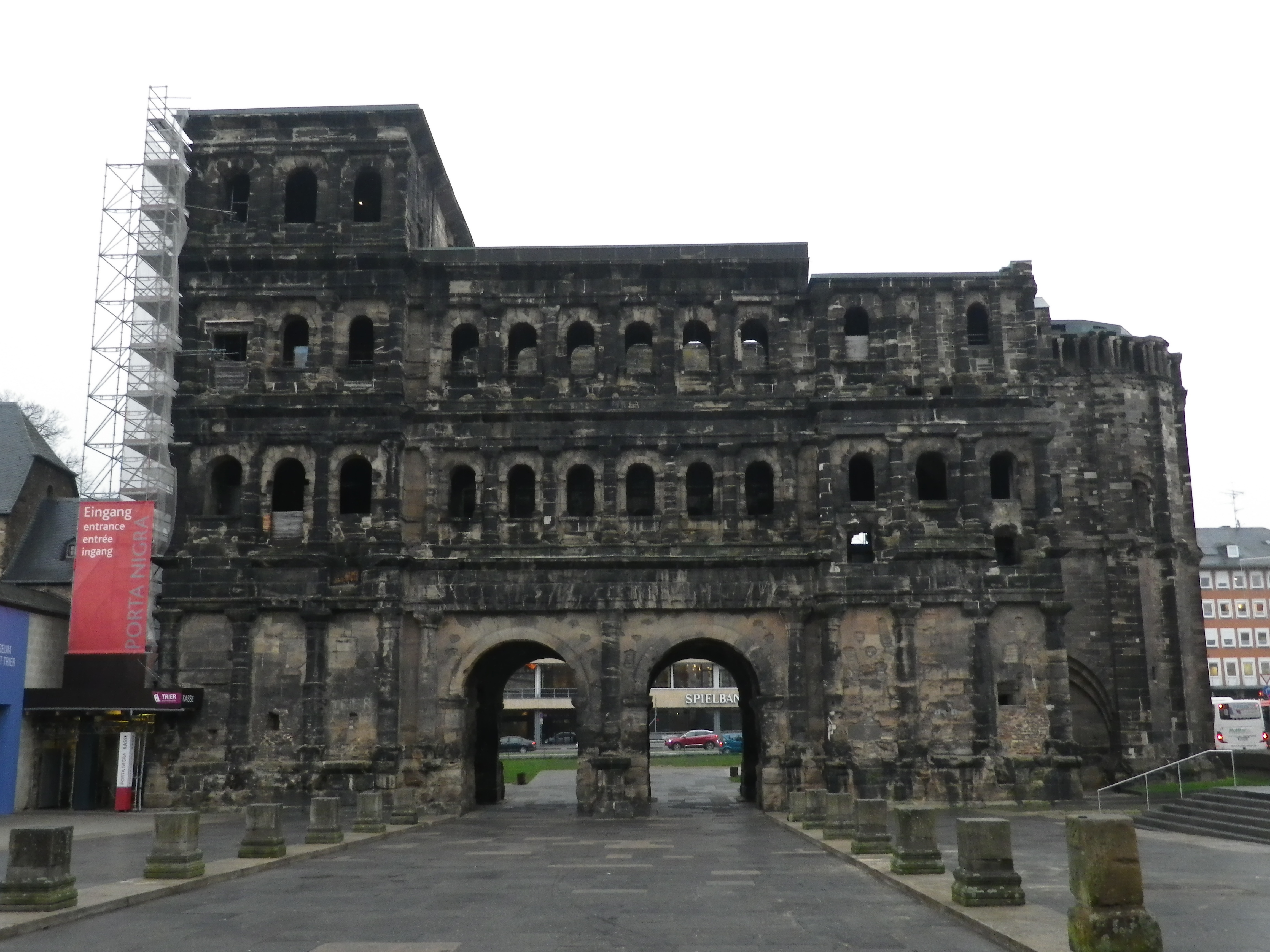
The circuit hike began in the center of Mehring, on the left bank of the Moselle, opposite the former villa. The circuit began with a climb up through the vineyards to the grill hut near the top. A great place to grill and enjoy the view, before continuing on up the hill heading beyond the Blattenberg vineyard toward the Goldkupp one. This is one of the most highly esteemed vineyards in the area, and with its steep slope, and southern exposure, it is favorably sited for vines! Undoubtedly, vines grew here during the Roman era as well.
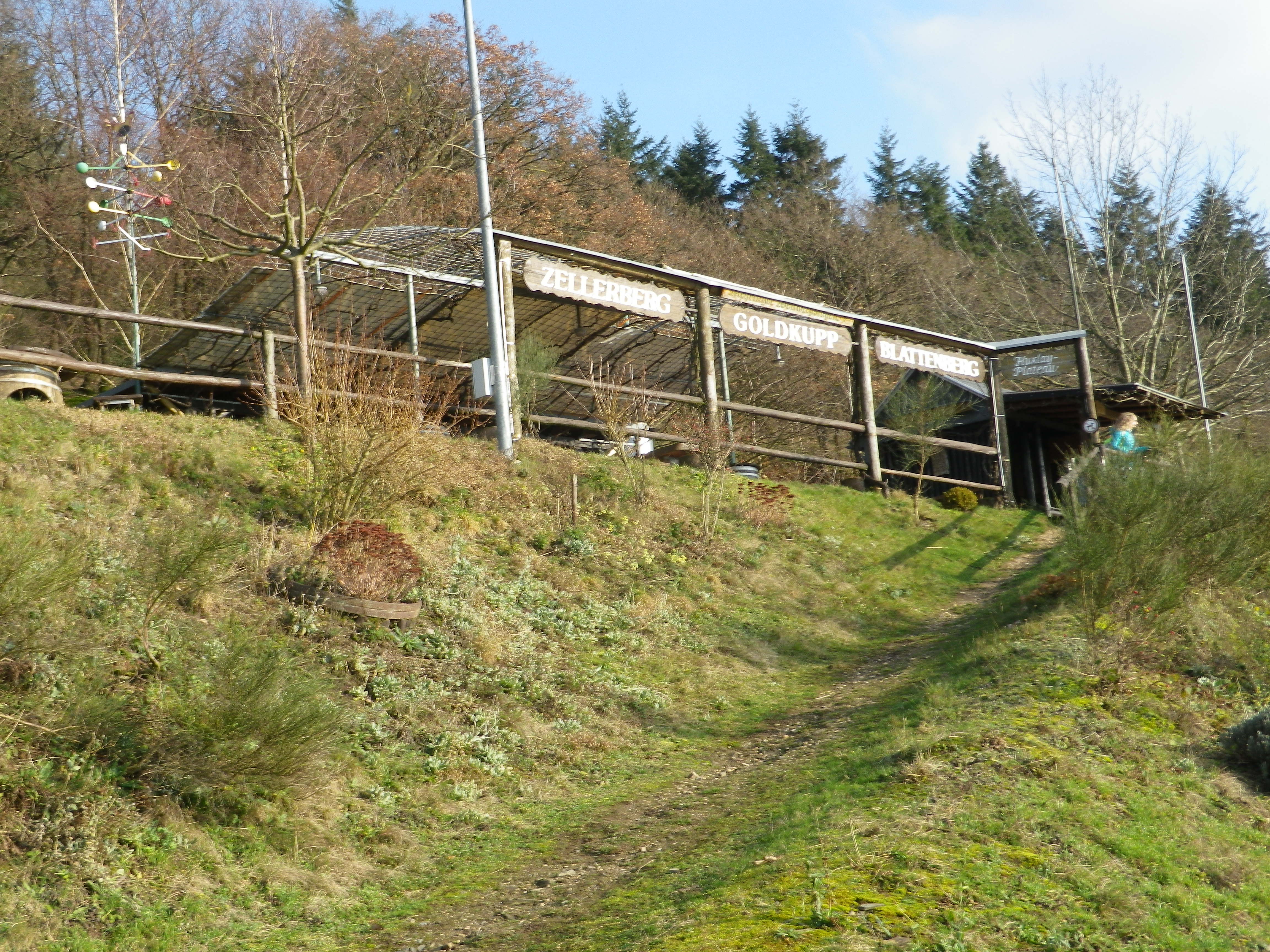
Soon I came to the 10,000 liter wine barrel. Converted into a picnic area, it offers nice views of Goldkupp. Being just above 500 meters below the Ortsberg peak, it also had great views of the river and the hills beyond. It was just possible to make out the Roman villa ruins on the other side of the river. Unfortunately, I had no wine to sip as I admired the views seated at the picnic table.
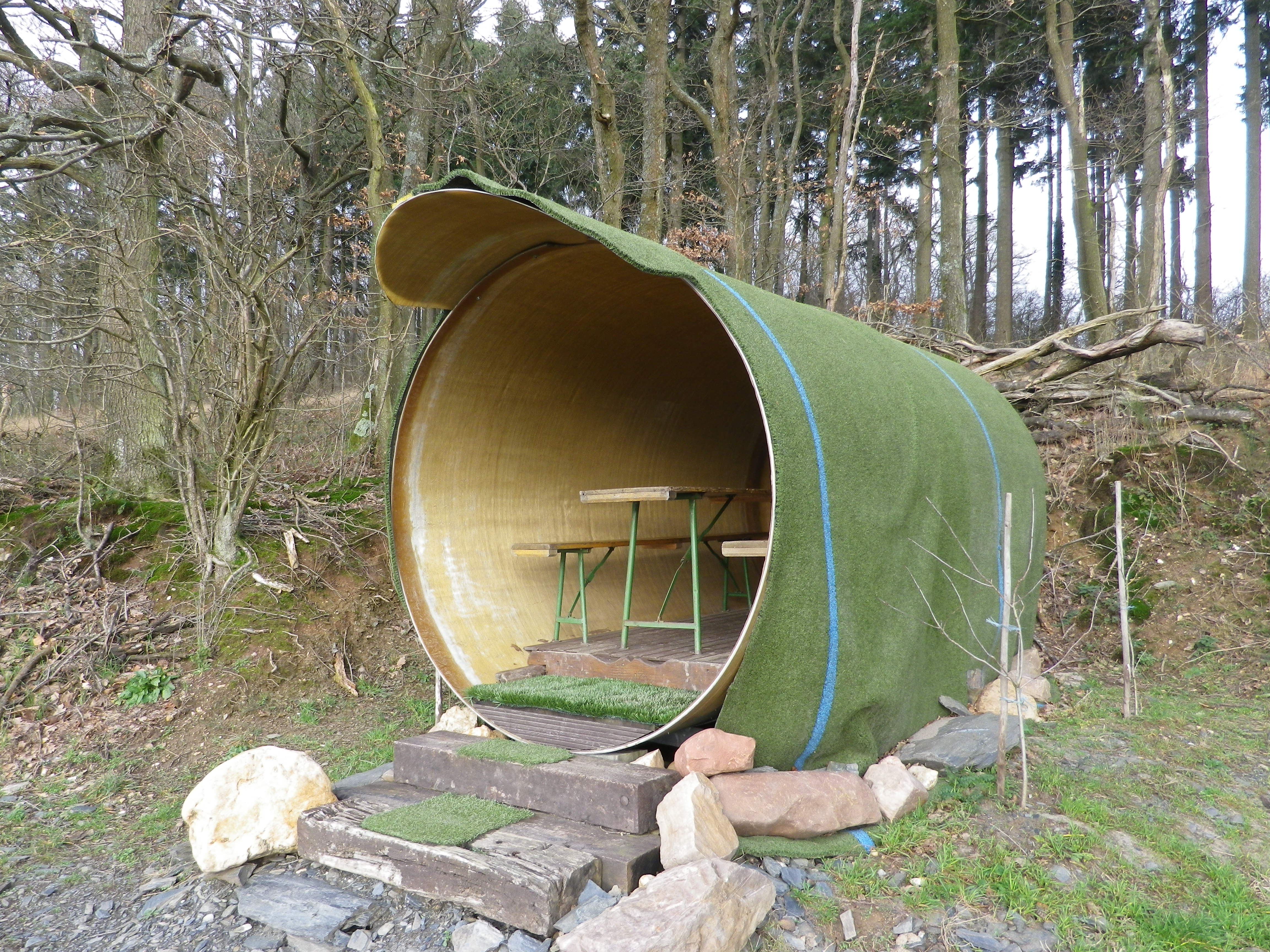
The trail then curved behind the slightly lower Hundsbuckel peak. One nice thing about this trail is that some of it passes through woods, along shady paths that in summer would be a welcome break. Between vines and woods were fields, marginal areas not suited for grapes. Vineyards appeared again on the lower reaches of the slope, just outside of the village. At that point, looking up at the vineyards served to illustrate just how much this village is devoted to wine, how the vines dominate it, as undoubtedly it has for centuries.
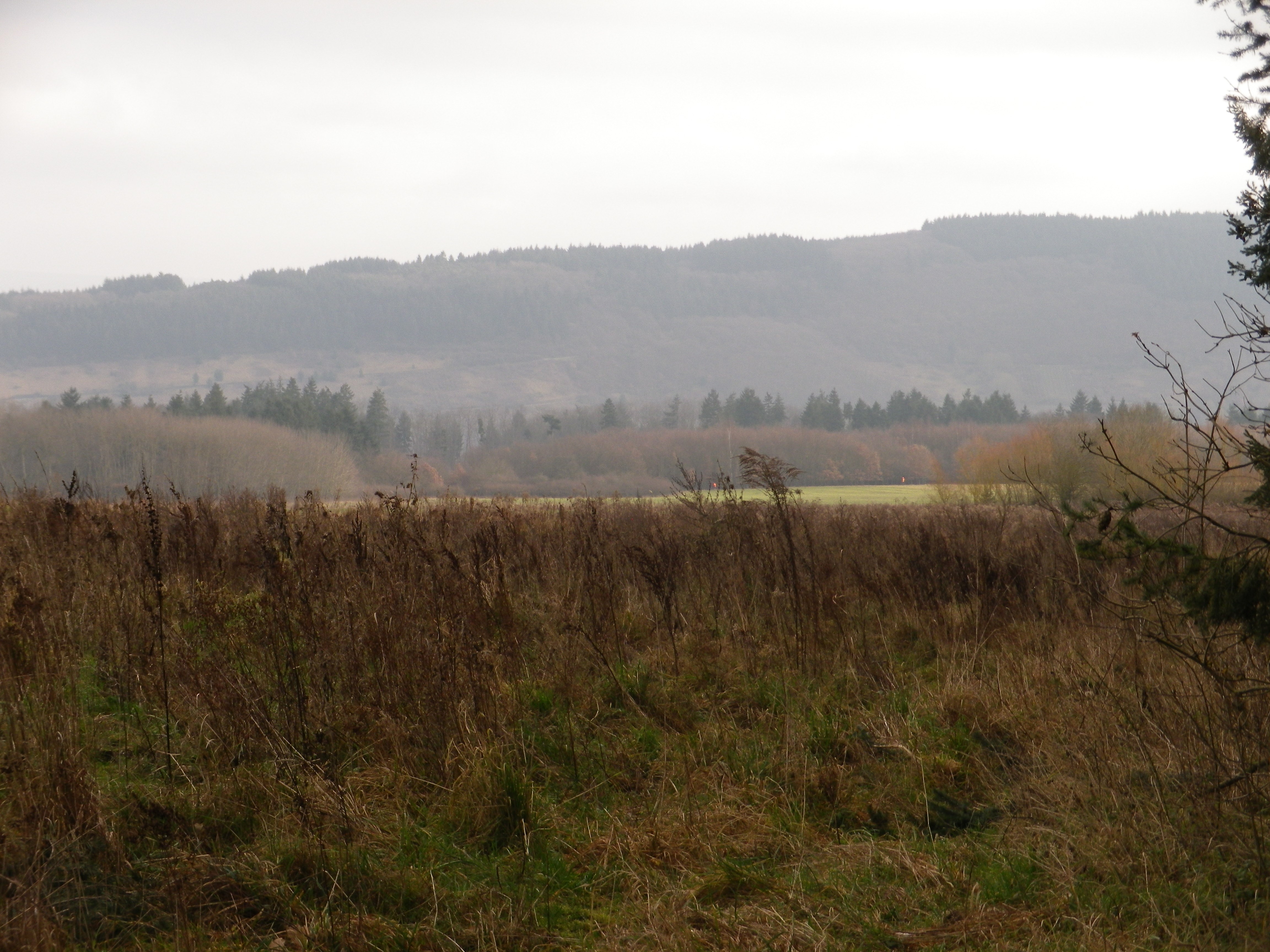
Passing back through the village center on the left bank, one is struck by how medieval it is. You can tell from the street layout. In the mid-eighth century, Charlemagne’s father donated the area to the Prum Abbey, and it then became their most important wine-making place, indicating that Frankish warlords, after taking control from the Roman administration, at least let things continue as they had under the previous administration. (Charlemagne himself, from his old Roman-era villa at Ingelheim, directed that grapes be planted opposite his villa, on the sunny slope, where the “winter snows first melted.”)
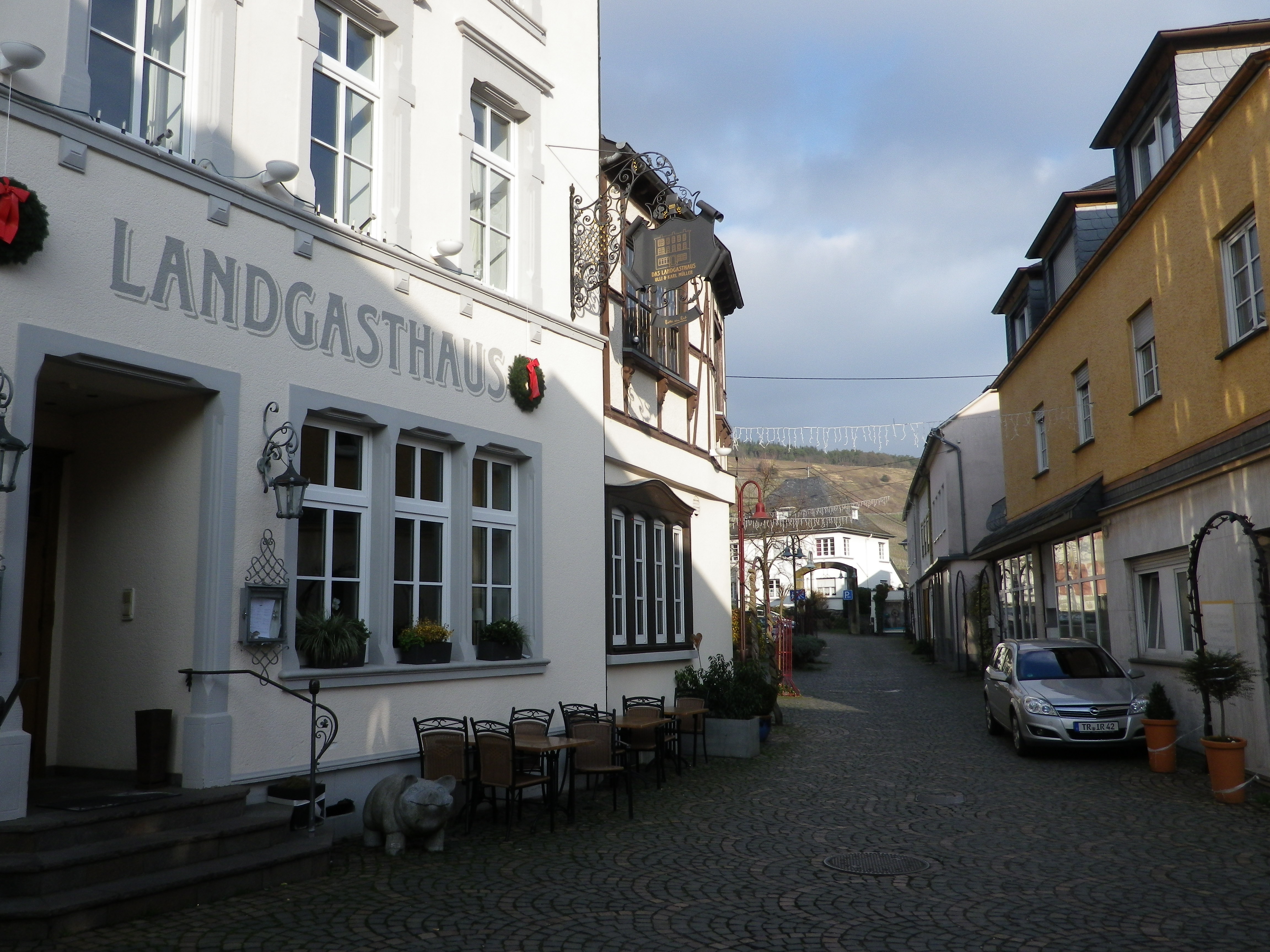
From the village center, taking a small detour to the river is advised. Or even more adventurous, cross the bridge to visit the villa ruins, always open, and worth a visit. From there, I admired the vineyards from afar, and contemplated the good life the owners must have had with their wines in their comfortable villa on this lovely stretch of the upper Moselle. Eons of time and generations of experience helped this lovely district evolve into what it now is, and nowadays it is certainly a place to be seen and savored!
